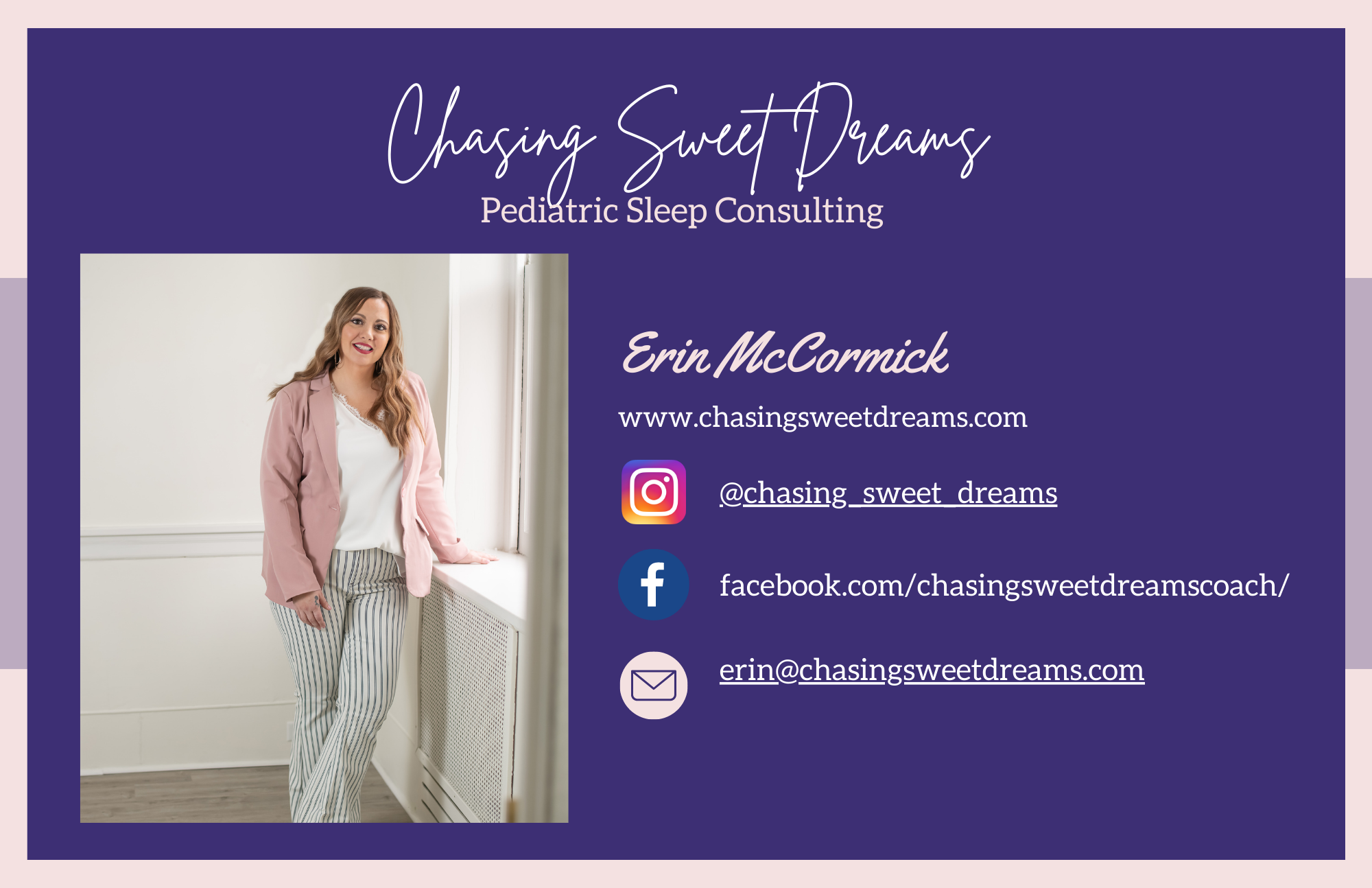TODDLER SLEEP REGRESSIONS – WHY AND HOW TO MANAGE THEM
When your toddler suddenly stops sleeping through the night, it can be cause for concern. What’s going on? Is this a sleep regression? And if so, what can you do about it? This article will give you everything you need to know about toddler sleep regressions – what they are, when they typically happen, and how to help your child get back to good sleep habits. So read on and get ready to tackle this sleep setback head-on!
In this blog, we will cover the following about toddler sleep regressions: :
- What is a toddler sleep regression and what causes it
- What are the signs and symptoms of a sleep regression
- Variations in Behavior
- Toddler Sleep Regression Ages
- Toddler Sleep Regression: How to Manage It?
>>>>>>Download the “How to Overcome Toddler Sleep Obstacles Guide” here!! <<<<<!
What Is A Toddler Sleep Regression And What Causes It
Anytime you hear “sleep regression,” I want you to think PROGRESS or PROgression Your toddler is growing neurologically and that’s distracting them from relaxing into sleep. Sleep regressions are all about DISTRACTIONS. Things that take your child’s brain somewhere else and don’t allow her to relax into sleep.
Social-emotional development, acquisition of new concepts, theories, and skills – all distract your little one from relaxing into sleep. They are distracted by an idea, concept, or skill which is more exciting at the time than going to sleep.
What Are The Signs And Symptoms Of A Sleep Regression?
Common Signs of a Toddler Sleep Regressions Include:
- Bedtime resistance
- Night waking
- Early morning wake-ups
- Nap resistance
- Extra clingy
- Change in appetite
- Increased fussiness or crying
Toddlers are super fun but they also are VERY VERY busy both mentally and physically. They are growing a ton… learning to climb, kicking and throwing balls, language bursts, and becoming more independent.
Toddlers also may see regressions due to these reasons:
- Bad dreams or fear in general (fear of the dark developing)
- Don’t want to miss out on playing or being with you (FOMO!!)
- Just to say no!
- Teething
- Sleep needs change and getting lower overall
- Potty training
- New sibling
- Transitioning too early to a toddler bed
- Separation anxiety
Variations in Behavior
These regressions can be most challenging for parents who are still responsible for “making their babies” sleep. For parents who need to rock, feed or lie with a child to get them to fall asleep, toddler sleep regressions are extremely difficult.
For parents who are able to put their kiddos in their crib or bed and then leave the room and the child puts themselves to sleep, these regressions don’t prove to be as much of a struggle.
If you are responsible for “making your baby sleep” you are at her mercy. If she decides she doesn’t want to sleep or is distracted by a thought or an idea, then it can take a very very long time to help her settle at night.
Temperament and personality also play a role in the extent your child resists sleep. Some toddlers have fear of missing out more than other kids or are more strong-willed and will resist sleep more.
>>>>>>Download the “How to Overcome Toddler Sleep Obstacles Guide” here!! <<<<<!
Toddler Sleep Regression Ages
It would be amazing if I could accurately outline the exact month or week you’d expect a sleep regression but there will be variation in growth rates child to child. So the ages that I’m listing below are purely average. The more important idea is that your toddler will be acquiring and cementing many new concepts in these toddler years that can distract her from wanting to sleep.
12 to 18 Months
Between 12 to 18 months the child explores the environment with the help of a caregiver.
12 Months
Children often start using pointing and gestures to indicate needs and wants. This starts rudimentary with pointing and making eye contact with the caregiver to communicate desires. By 18 months the child brings the object to show or give the caregiver. At this age, the child may start waving hello or goodbye and playing patty cake and peek-a-boo.
This is an average time for a child to get their 1st molars. Teething is distracting. A child surfaces in the night or lies down at bedtime and is distracted by the discomfort in her mouth and can’t settle into sleep. She may cry out for help or resist falling asleep. Distracted by pain. Note that teething times are highly variable and while 12 months can be 1st molar time, some kids don’t get their first molars until 18 months of age.
12 months is often a time children are learning cause and effect. (Dosman, et al 2012.) They push a button on a toy and see what pops up. This can often be a time when parents might find themselves being held captive at bedtime. A previously good sleeper now starts crying when a parent leaves the room and reaching to be picked up. Testing cause and effect, if I resist will they pick me up? Can I avoid bedtime and get more cuddles?
14-15 Months
At this age empathy and self-conscious emotions emerge. For example, a child may show discomfort when seeing another child cry. The child may feel pride when applauded for doing a task. The child imitates his environment, helps in simple household tasks, and explores the environment more independently. (Developmental Stages of Social-Emotional Development In Children, Fatima Malik; Raman Marwaha).
I’ve worked with many 14-16-month-old toddlers who were previously great sleepers who now refuse to sleep on their own and want a parent to rock them to sleep and repeat this in the night. The same concepts of the 12 months “cause and effect” apply as well as greater will which is often expressed with louder protests, and “mama.”
Between 18 and 30 Months
Autonomy emerges. Having passed through the developmental stage of trust vs mistrust, the trust in the caregiver helps the child develop confidence and helps face environmental challenges on his own more persistently and enthusiastically. Temperament is emerging and appears in play with other children. Around 18 to 24 months he learns pretend play such as feeding a doll or talking on the phone. Play in this stage is side by side and not directed toward or in conjunction with another child.
18 Months
A ton of development is happening. Most kids are walking alone, inserting shapes, stacking cubes, scribbling with fists, self-feeding, following 1 step commands, starts shaking head and saying “no.” And so much more. This is also the stage where we start seeing “temper tantrums.”
A temper tantrum is an outburst of emotion displayed as crying, screaming, defiance, and resistance to pacification, and in some cases hitting. Frustration, tiredness, and hunger are the most common causes.
24 Months
2nd-year molars may appear at any time and the physical discomfort may distract your little one from relaxing into sleep. Often molars only appear uncomfortable at bedtime, naps might be unaffected, but they have a finger in their mouth at bedtime, want more comfort, and have trouble settling.
At 24 months your child has ~50 words, and two-word phrases and uses words instead of gestures. Nods “yes”, blows kisses, sssh and high five. Your child can comfort others and show empathy, can engage in parallel play, and knows “no” and “mine” very well. Think about how much change has occurred in the last 6 months of age.
The same reasons for resisting sleep exist. Your child is distracted by these newfound skills, independence, and testing theories and concepts. For many kiddos, sleep seems so boring. At this age the timing of sleep is key.
>>>>>>Download the “How to Overcome Toddler Sleep Obstacles Guide” here!! <<<<<!
Summary of Toddler Sleep Regressions from 12 to 24 Months
- Acquisition of more means of communicating
Being able to point to indicate a want or a need, bring objects to caregivers, and interact with objects.
Learning more verbal words such as “no”, “yes” and “mine.”
- Fear of missing out – I’ve had parents have reported FOMO as early as 8 months. The baby who normally settles fine but when grandma and grandpa are over struggles to fall asleep.
- Can I trust the world?
Consistent responses with caregiver availability are so important as they make it easier for a child to learn what the response is. Caregiver availability could be as little as interval checks, but it is one of the reasons I don’t like “extinction.” To close the door and not return seems to be a big leap for many little people. Yes, we need to set boundaries but we can do so in a less drastic manner with more communication. - Testing boundaries -which can make a child feel safe when a parent responds, in the same way, every time
- Autonomy
3-3.5 years
Two things are happening during this time.
- Many kids are starting to be ready to drop the nap. The #1 sign of nap drop readiness is fighting bedtime and not falling asleep until 9 pm or later at night. See our nap drop blog post for more information. This can look like a sleep regression but really it’s actually related to timing and your preschooler’s “sleep drive.” Not being ready enough to sleep because the daytime nap interferes with the sleep drive.
- Imagination comes into play. Many kids start to develop a “fear of the dark” at this age. Night-time fears can delay bedtime and have your kiddo looking for more reassurance in the night. Twilight turtles in her bed or leaving a light on all night long can be very helpful.
Toddler Sleep Regression: How to Manage It?
- Let your child know they have been heard.
Sportscasting is a great tool to use at this age. Trying to acknowledge their feelings and identify the root issue. “I can tell you don’t want to go to bed because you want to keep playing with Daddy in the living room.” For night wakings, you might wait 10 minutes from when you hear your child, to make sure they are really awake and working on delayed gratification of seeing you, and then let them know they’ve been heard. “You’re awake because you wanted to see Mommy. But it’s still sleeping time” and then you can list off people in their world and say they are still sleeping.
- Provide more closure time in your bedtime routine.
Sometimes kids need some extra “wins” and extra time spent. Can you offer small controlled choices to your LO to give them some wins?
“Hey, would you like to turn the light off?”
“Which 2 books would you like to read?”
“Do you want to wear pajama A or pajama B?”
Filling up their bucket with little wins can help counter the effect of having to go to bed and miss out on the party they are sure exists when they go to bed.
- Maintain your boundary.
I remember watching Paw Patrol at 2 am because my son was so upset and not responding to any of our methods to help him calm down. We were willing to do anything to help him calm down so we watched Paw Patrol for 20 minutes. Well, you can imagine that the next night, he wanted to watch Paw Patrol at 2 am. Everyone has different boundaries, and kids definitely have a variety of personalities, but in general, you’ll want to keep your child in their room because getting a parent to pick up and take me to the living room is just too big of a win. It’s enough of a reward that it will perpetuate the behavior. Can you offer comfort while within the room, or while your toddler remains in the crib? If you’ve done sleep teaching, you can be more flexible but you also want to maintain a boundary.
- Remember, this too shall pass.
How long can vary, but on average 7-14 days. I recently had a follow-up call with a previous client. We had done sleep teaching at 10 months of age. Now he was 14 months of age and losing his mind for about 1 hour in the night and nothing they could do seemed to help. We had a call about trying to prevent him from becoming overtired with this lost 1 hour in the night and adjust naps to accommodate that. We also talked about how to respond, letting him know he’d been heard, reviewing his day at the end of the day, and running through what would happen tomorrow. In the end, 14 days later, the night wakings resolved on their own.
Final Thoughts
Reminder, these regressions are a brief moment in time, but the habits you create during the regression will last afterward when the regressions are over! So it’s extremely important to consistently respond to those nighttime wakings, early wakings, and/or skipped naps to maintain the habits you want to sustain and not create ones you don’t want to stick around.
How have/are sleep regressions affecting your toddler? Comment below.
I have so much more I want to teach you about baby and toddler sleep and how you can help your baby!
Follow me on Instagram and check out my daily stories.
Do you like what I have to say? Send me an email or set up a discovery call! I am here for you!
Sending sleepy vibes and sweet dreams your way!
Erin McCormick
Your Pediatric Sleep Specialist



